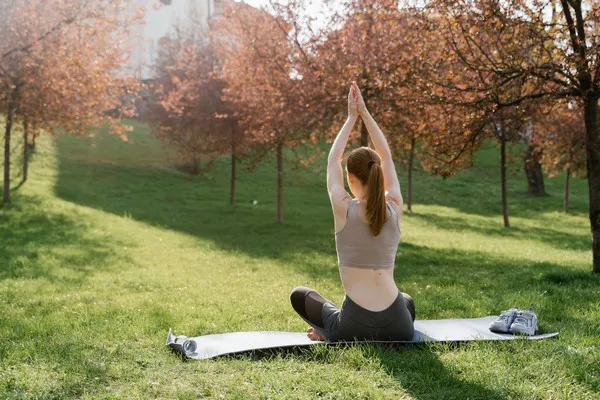Yoga is an ancient practice that has been around for over 5,000 years. It originated in India and has become a popular way to exercise and relax for people all over the world. Yoga offers many benefits for both the mind and body, including increased flexibility, strength, balance, and stress relief. If you’re new to yoga, it can be intimidating to know where to start. In this article, we will provide a comprehensive guide on how to do yoga for beginners.
Choosing a Yoga Style
There are many different styles of yoga, each with its own focus and approach. Some of the most popular styles include Hatha, Vinyasa, Ashtanga, Bikram, and Restorative. Before starting your yoga practice, it’s important to research different styles to find one that aligns with your goals and preferences. For example, if you’re looking for a more rigorous workout, Vinyasa or Ashtanga might be a good fit. If you’re dealing with stress and need to relax, Restorative yoga may be the perfect choice.
Finding a Yoga Class
Once you have chosen a style of yoga, it’s time to find a class. Many gyms and yoga studios offer beginner classes that are designed specifically for those who are new to yoga. These classes typically cover basic poses and breathing techniques and move at a slower pace than more advanced classes. Attending a class can be helpful because you’ll have an experienced teacher there to guide you and answer any questions you may have.
Preparing for Your First Class
Before attending your first yoga class, be sure to wear comfortable clothing that allows you to move freely. You don’t need any special equipment, but some people prefer to bring their own yoga mat. Additionally, try to avoid eating a large meal within two hours of the class, as this can make you feel uncomfortable during certain poses.
Basic Yoga Poses for Beginners
Many yoga poses can be challenging for beginners, but there are plenty of easy poses to get you started. Here are a few basic poses that are perfect for beginners:
1.Mountain Pose – Stand with your feet together and hands at your sides. Press your feet into the ground and engage your leg muscles. Lift your chest and roll your shoulders back, relaxing them down away from your ears.
2.Downward-Facing Dog – Start on your hands and knees, with your wrists below your shoulders and your knees below your hips. Press into your hands and lift your hips up towards the ceiling. Straighten your arms and legs as much as possible, while keeping your head relaxed between your arms.
3.Warrior I – From Mountain pose, step your left foot back about 3-4 feet. Turn your left foot out to a 45-degree angle and square your hips forward. Raise your arms overhead and bend your right knee, so it’s directly over your ankle.
4.Child’s Pose – Kneel on the ground and sit back on your heels. Stretch your arms out in front of you and relax your forehead onto the mat. Take deep breaths and focus on relaxing your body.
Breathing Techniques
Breathing is an important aspect of yoga, and there are many different techniques that can be used during your practice. One of the most common techniques is called Ujjayi breath, which involves breathing in and out through your nose while constricting the back of your throat. This creates a soft, gentle sound and helps to calm the mind and regulate the breath.
Final Thoughts
Yoga is a wonderful way to improve both your physical and mental health. As a beginner, it’s essential to choose a style of yoga that aligns with your goals and preferences, find a class to attend, and prepare yourself for the experience. By practicing basic poses and focusing on your breathing, you’ll begin to see improvements in flexibility, strength, and balance. With time, you may find that yoga becomes an essential part of your daily routine.
Relation topics:


